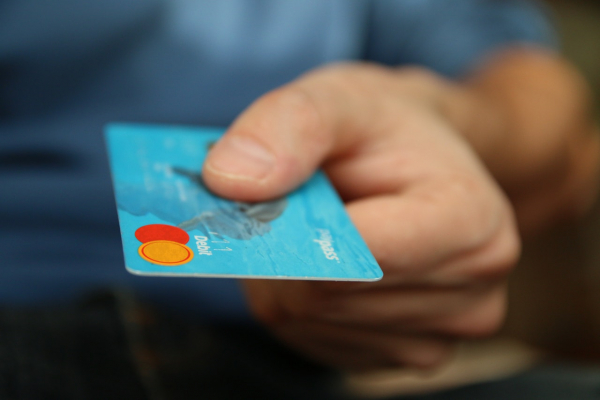Building An Emergency Fund During An Emergency
 By now, it should be apparent that this COVID-19 (Corona-virus) pandemic is going to be here for several months. It is already causing the market to plummet and is disrupting jobs all over the country. Many people who work as hourly employees (or are independent contractors) are starting to suffer. As people’s budgets start to feel the squeeze, this is exactly the time that people should be relying on an emergency fund; however, for those who don’t have one, it is time to start saving.
By now, it should be apparent that this COVID-19 (Corona-virus) pandemic is going to be here for several months. It is already causing the market to plummet and is disrupting jobs all over the country. Many people who work as hourly employees (or are independent contractors) are starting to suffer. As people’s budgets start to feel the squeeze, this is exactly the time that people should be relying on an emergency fund; however, for those who don’t have one, it is time to start saving.
How To Create An Emergency Fund
Even though cash assistance from the government might be coming soon, this is not going to be enough to get people through the crisis. To start building an emergency fund, it is important to take a look at the regular income first. Try to figure out how many shifts are going to cut and estimate what money is left (unless you are a salaried employee).
After this, take a look at other possible sources of credit. Know the limits on the card and figure out to what extent these cards can be drawn out. If there is an income tax refund coming, plan for this; however, remember that the government might be behind.
Finally, try to cut spending where possible. Remember that vacations should be postponed, given travel restrictions. Most restaurants are going to close, so try to shop at the grocery store instead. Finally, consider asking the bank to put a stop on mortgage payments. These are all great ways to save immediate money.
Save What Is Left
Finally, after figuring out all of the expenses, subtract this from the expected monthly income over the next few months. Whatever is left should be socked away into an emergency fund. It is critical to have this fund put away in case a repair is needed on the house or if someone gets laid off.
Other Ideas To Consider
Finally, while this is not advisable, people might be able to cut retirement contributions to help with the emergency fund. It is better to save for the future when possible, but this can help people save money in a pinch, if needed. Take these tips to heart over the next few months and build an emergency fund.

 There are a lot of people who enjoy working from home; however, with the COVID-19 pandemic, many people who are not used to working from home are forced into this new arrangement. It can be hard for individuals o stay focused when they are stuck in the environment at home. Particularly if the kids are home from school, it is easy to get distracted. Fortunately, there are a few ways people can retain their sanity as they work from home.
There are a lot of people who enjoy working from home; however, with the COVID-19 pandemic, many people who are not used to working from home are forced into this new arrangement. It can be hard for individuals o stay focused when they are stuck in the environment at home. Particularly if the kids are home from school, it is easy to get distracted. Fortunately, there are a few ways people can retain their sanity as they work from home. If you have paid attention to the news recently, you have probably heard about the coronavirus pandemic which also goes by the name COVID-19. Those who are exposed to the virus might be asked to place themselves in quarantine. Some states have even told their residents to shelter in place. While this infection has forced everyone to change the way they live their lives, there are still some home improvement projects you can tackle during quarantine to put your free time to use.
If you have paid attention to the news recently, you have probably heard about the coronavirus pandemic which also goes by the name COVID-19. Those who are exposed to the virus might be asked to place themselves in quarantine. Some states have even told their residents to shelter in place. While this infection has forced everyone to change the way they live their lives, there are still some home improvement projects you can tackle during quarantine to put your free time to use. According to data from the National Association of Realtors, existing-home sales increased by 3.6% in December 2019. That pace is the strongest month-over-month in almost two years, since February 2018. The sales figures were also up 10.8% from what they were in December 2018.
According to data from the National Association of Realtors, existing-home sales increased by 3.6% in December 2019. That pace is the strongest month-over-month in almost two years, since February 2018. The sales figures were also up 10.8% from what they were in December 2018.